-
If you want to win races, never race a cheetah--no animal on earth can run faster!
A peregrine falcon can swoop faster than a cheetah can run, but that can't even compare to an airplane, a rocket, or the speed of light.
By: Robert E. Wells
$11.50
-
What's for lunch? Your body needs lots of different things to eat, and every kind of food has a different job to do.
Did you know drinking milk makes your bones strong? Or that eating carrots helps you see better?
By: Sarah L. Thomson
$8.50
-
Want to learn more about the bird that chirps outside your window? Ignotofsky crafts a perfect read out loud with a touch of humour and compassion for our friends with wings in the sky!
By: Rachel Ignotofsky
$26.99
-
Butterflies soar in the sunlight. While moths flutter under the moon and stars. Find out more about these mysterious and majestic insects similarities and differences, and their awe-striking metamorphosis!
By: Rachel Ignotofsky
$25.99
-
From the creator of the
New York Times bestseller
Women in Science, comes a new nonfiction picture book series ready to grow young scientists by nurturing their curiosity about the natural world--starting with what's inside a flower.
By: Ignotofsky, Rachel
$23.99
-
You can't breathe underwater, but a fish can. You can't eat underwater, but a fish does every day.
Named a Best Children's Science Book of the Year by Science Books & Films, this picture book features graceful text that invites young readers to imagine what it's like to have gills, fins, and scales.
By: Wendy Pfeffer
$10.99
-
Come along on an animal adding adventure.
Add baby animals to the adults to see how many there are all together. And while you are at it, learn what some of the zoo animals eat or what the baby animals are called.
By: Suzanne Slade
$15.50
-
You can celebrate the huge difference caring people make for endangered animals while you practice subtraction skills.
By: Suzanne Slade
$13.95
-
Chesterton gives his remarkably perceptive analysis on social and moral issues more relevant today than even in his own time. In his light and humorous style, yet deadly serious and philosophical, he comments on feminism and true womanhood, errors in edication, the importance of the child and other issues, using incisive arguments against the trendsetters' assaults against the family.
Chesterton possessed the genius to foresee the dangers if modernist proposals were implemented. He knew that lax moral standards would lead to the dehumanization of man, and in this book he staunchly defends the family, its constituent elements and character over against those ideas and institutions that would subvert it and thereby deliver man into the hands of the servile state. In addressing what is wrong, he also shows clearly what is right, sane and sensible and how to change things in that direction.
By: G.K. Chesterton
$24.50
-
From the Publisher: This book introduces students to the ones and tens place value using popsicles as a fun learning tool.
By: Shirley Duke
$10.99
-
Children can test their math skills and learn the Pythagorean Theorem alongside young Pythagoras in this STEM adventure. Pythagoras’ curiosity takes him from Samos to Alexandria, where he meets a builder named Neferheperhersekeper, who introduces him to the right angle. While building, Pythagoras uses geometry to learn how to measure angles and discovers all he needs to know about right triangles. With playful puns and wordplay Ellis creates the perfect STEM/STEAM resource for introducing young readers to a fundamental mathematical equation. A fun and accessible way to get young minds asking “what’s your angle?”.
By: Julie Ellis
$8.95
-
Whatever Happened to Justice? by Richard J. Maybury explores America's legal heritage, and shows what's gone wrong with our legal system and economy and how to fix it.
Mr. Maybury discusses the difference between higher law and man-made law, and the connection between rational law and economic prosperity.
By: Richard J. Maybury
$24.50
-
This clearly written, award-winning book about economics is a remarkably easy and fun explanation of money (its origin and history), the dollar (its origin and history), investment cycles, velocity, business cycles, recessions, inflation, the demand for money, government (its economic behavior), and more.
All explanations and interpretations are according to the Austrian and Monetarist schools of economic theory.
By: Richard J. Maybury
$20.50
-
A line is thin. A line is narrow—curved like a worm, straight as an arrow...
By: Rhonda Gowler Greene
$12.50
-
From early on, children are looking to discover their place in the world and longing to understand how their personalities, traits, and talents fit in. The assurance that they are deeply loved and a unique creation in our big universe is certain to help them spread their wings and fly.
By: Matthew Paul Turner
$15.99
-
A Caldecott Honor Book!
"An evocative remembrance of the simple pleasures in country living; splashing in the swimming hole, taking baths in the kitchen, sharing family times, each is eloquently portrayed here in both the misty-hued scenes and in the poetic text."
-Association for Childhood Education International
By: Cynthia Rylant
$10.99







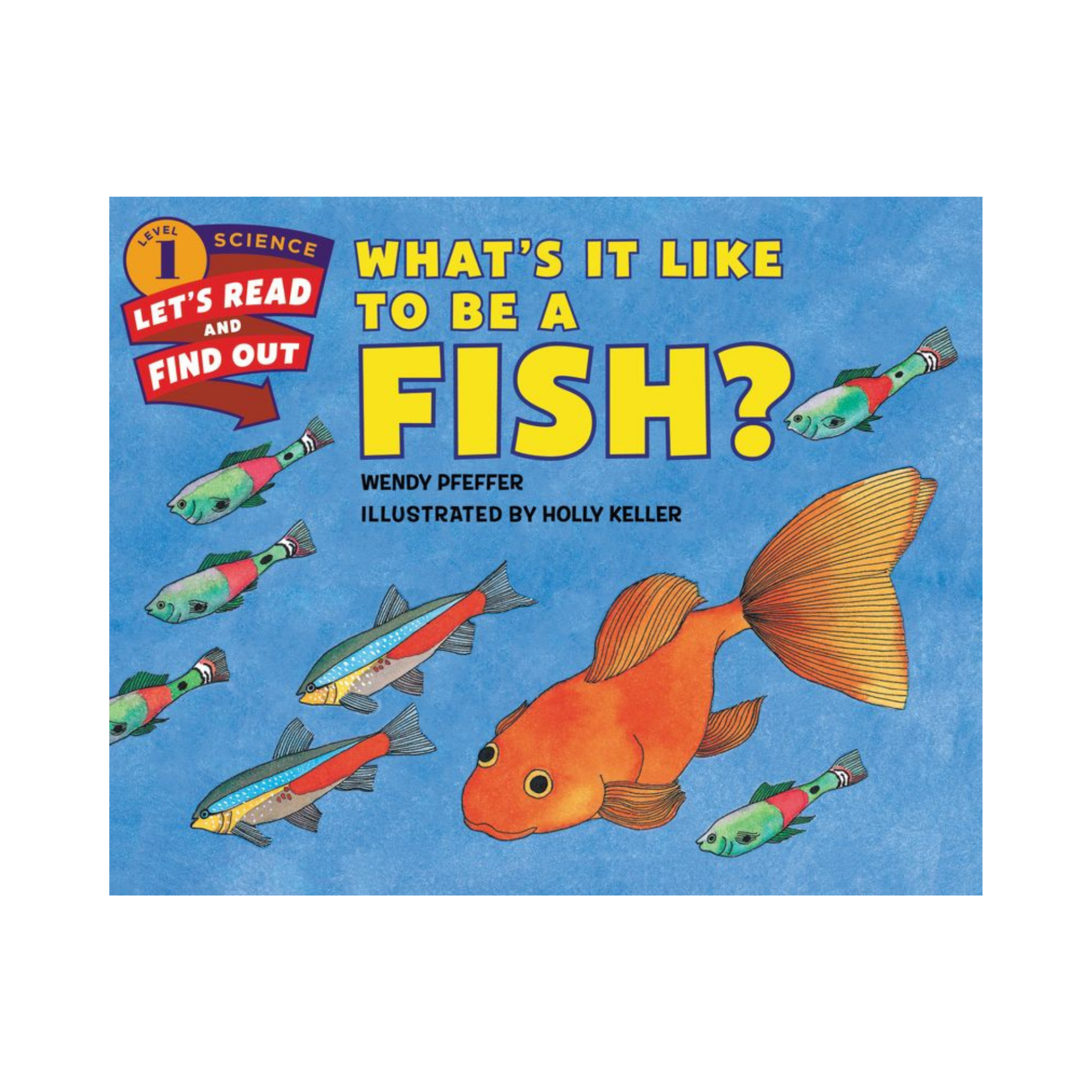
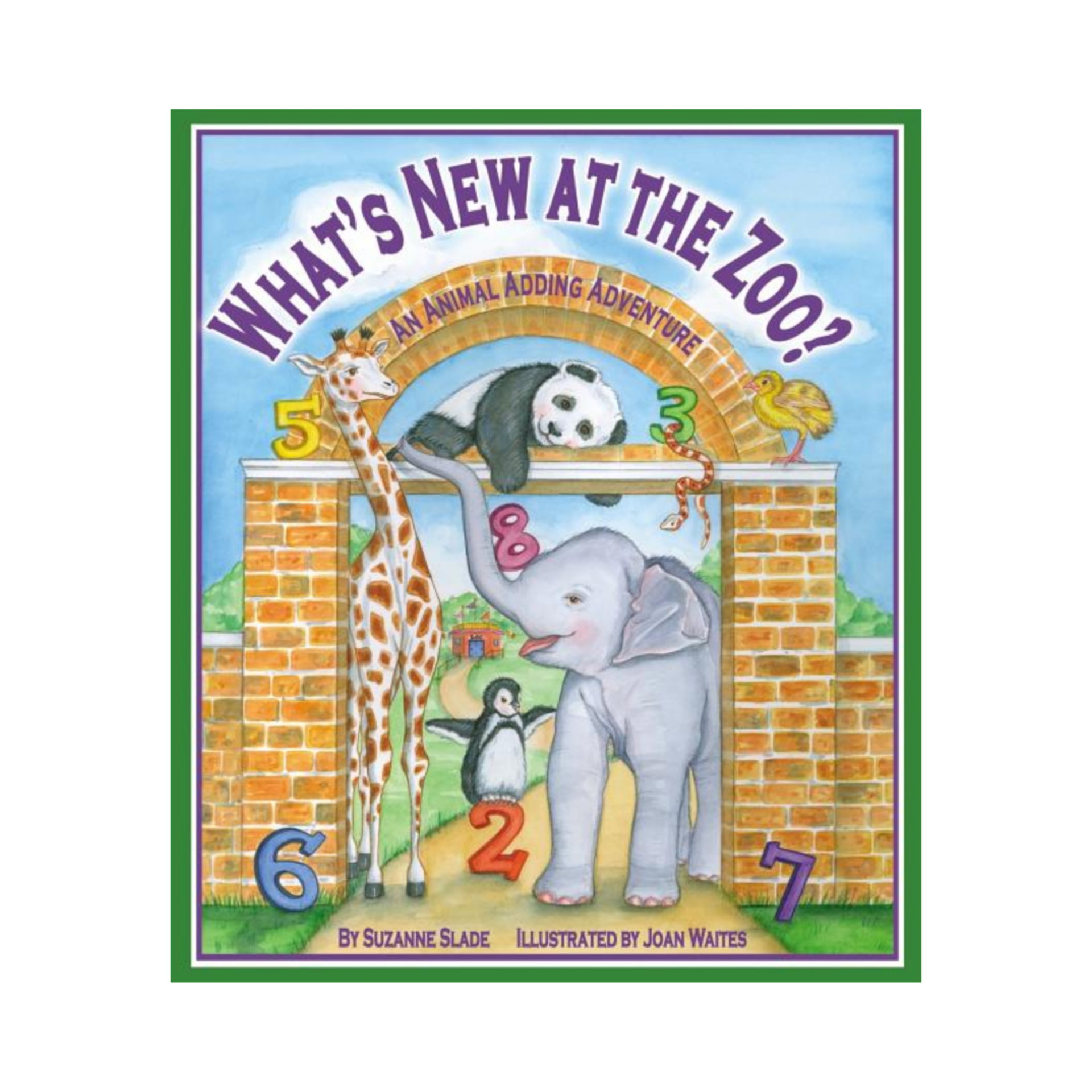



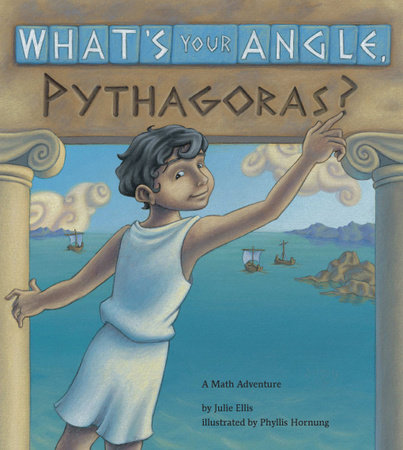


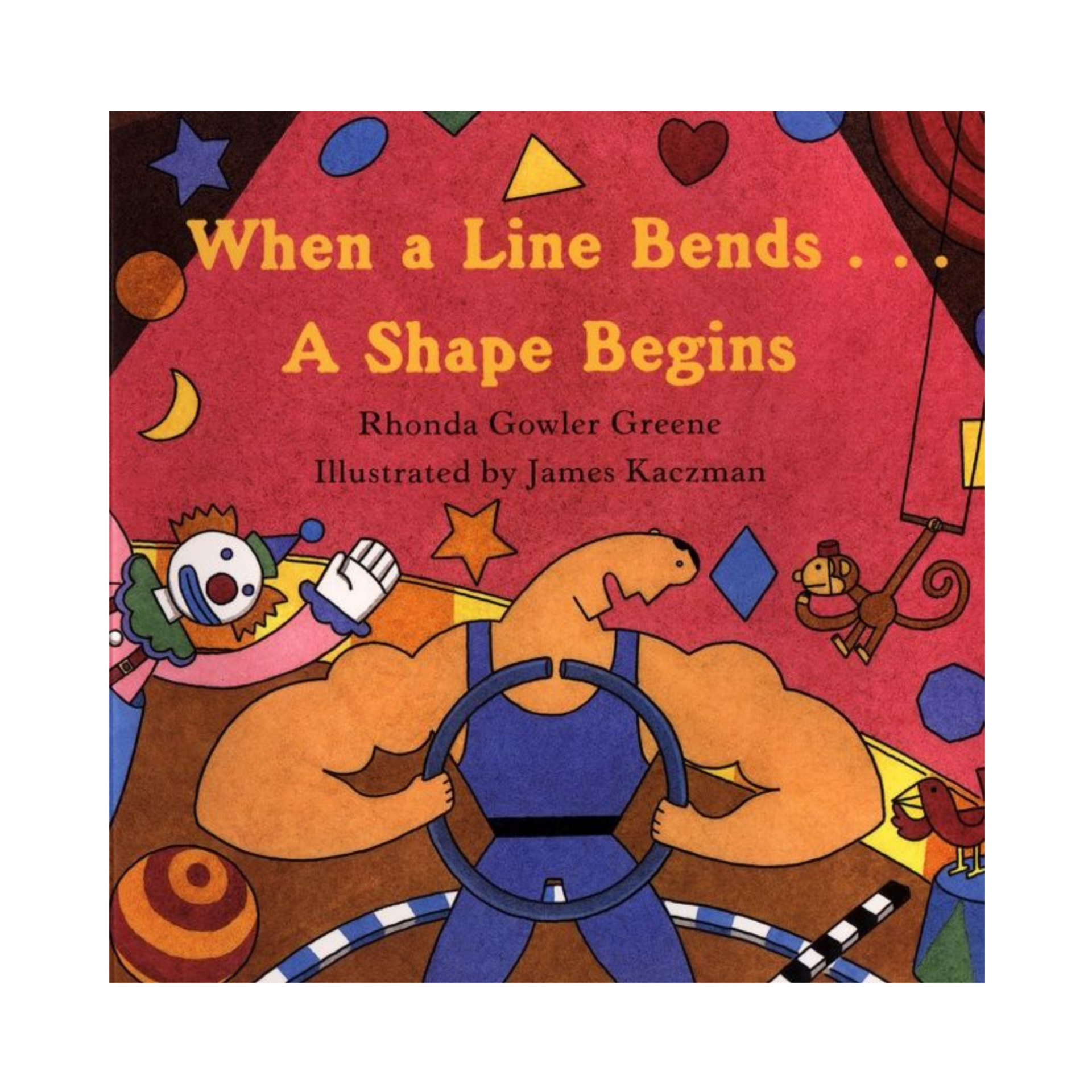
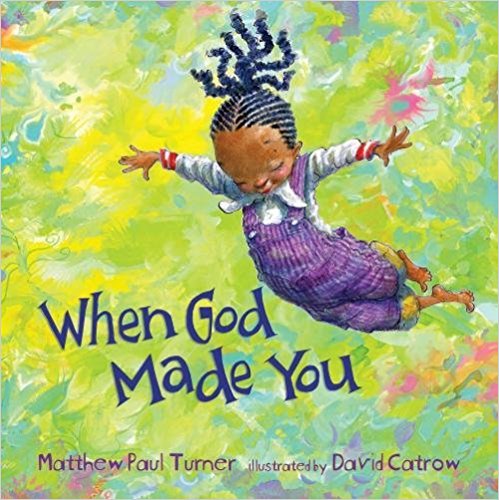

 No products in the cart.
No products in the cart.